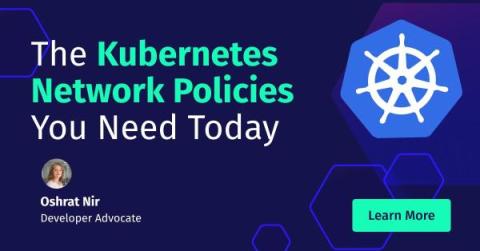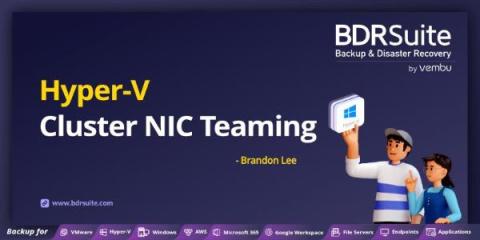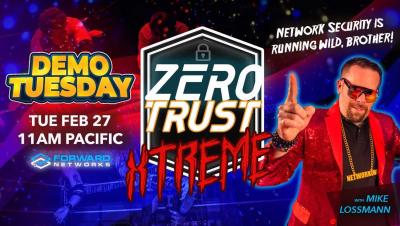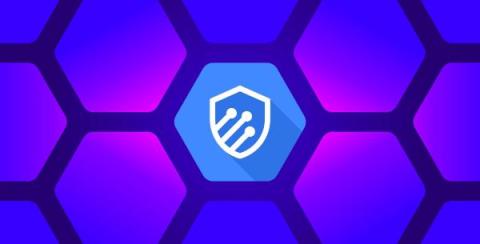The Kubernetes network policies you need today
In the dynamic world of Kubernetes, container orchestration is just the tip of the iceberg. In this sophisticated ecosystem, you must prioritize security efficiency. Kubernetes’ robust, open-source platform has been revolutionary in automating the deployment, scaling, and management of application containers. Yet, such capability comes with significant responsibility, particularly in network security. Here, the role of network policies becomes crucial.










